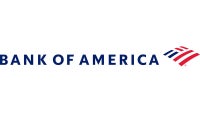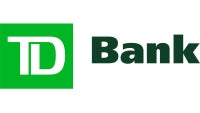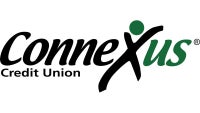To conduct the National Average survey, Bankrate obtains rate information from the 10 largest banks and thrifts in 10 large U.S. markets. The rates shown above are calculated using a loan or line amount of $30,000, with a FICO score of 700 and a combined loan-to-value ratio of 80 percent.
Note: The above APRs are current as of Mar. 26, 2025. The exact APR you might qualify for depends on your credit score and other factors, such as whether you're an existing customer or enroll in auto-payments.
National HELOC interest rate trends - Mar. 26, 2025
HELOC rates inch closer to 8%, a new low
The average rate on a home equity line of credit (HELOC) fell one basis point to 8.01 percent on Mar. 26, its lowest level in two years, according to Bankrate’s nationwide survey of large lenders.
Home equity credit lines have variable interest rates that change based on the prime rate, which is tied to changes in the Federal Reserve monetary policy. At its latest meeting, March 18-19, the central bank held steady on interest rates but noted that it will keep a watchful eye on how President Trump’s policies on trade and immigration may impact the economy. This is the second meeting of the year in which the Fed has left rates unchanged, following three rate reductions late in 2024. The central bank’s next policy-setting meeting will take place on May 6-7.
According to Greg McBride, CFA, Bankrate's chief financial analyst, the Fed could deliver three rate cuts this year, moves that will translate into lower HELOC rates. McBride forecasts that HELOC rates will continue to fall in 2025, sending the average HELOC to 7.25 percent by the end of the year, a low not seen since 2022.
In addition to the Fed’s moves, HELOC averages can also change because one or more home equity lenders markets an especially generous rate for a promotional period. That’s one reason why it often pays to search around for HELOC offers, at least for a lower introductory rate.
“American homeowners will continue to sit on a mountain of home equity, but aside from short-term HELOC introductory rates, borrowing against it in 2025 will still be pricey,” McBride says.
Still, HELOCs are more attractively priced compared to unsecured personal loans, which currently average 12.37 percent, and credit cards, which average 20.09 percent.
If you’re looking to finance a renovation and have equity to tap, a line of credit could be less expensive than a home improvement loan. It’d also save you from a cash-out refinance, which could mean giving up a low rate on your mortgage in exchange for a new one.
“You have the lock in effect that is in play for many from a first mortgage perspective, meaning that folks are staying in their homes longer,” says Matt Vernon, head of consumer lending at Bank of America. “Ultimately, they can tap into that equity to do a variety of different things. They can improve the house that they've decided to stay in, whether that's adding square footage, a new route, kitchen remodel, things of that nature.”
A line of credit isn’t the only way to leverage your home’s equity. Another option: home equity loans, or second mortgages, which come with fixed interest rates. These have also been declining: As of Mar. 26, the average rates for a 10-year, $30,000 loan and a 15-year, $30,000 loan were 8.50 percent and 8.44 percent, respectively, according to Bankrate’s survey.










